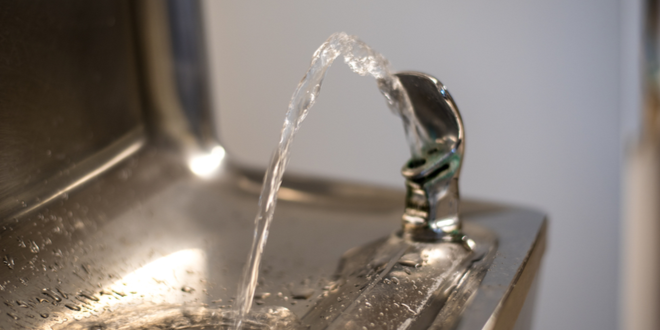The U.S. Environmental Protection Agency (EPA) recently announced new grant funding to protect children from lead in drinking water at schools and childcare facilities across the country.
More than $5.3 million has been earmarked for California as part of the Water Infrastructure Improvements for the Nation Act (WIIN) to conduct activities that remove sources of lead in drinking water at schools.
“Reducing lead in drinking water is a top priority for the Biden-Harris Administration and the EPA. We are taking a holistic approach to tackling this critical public health issue in California,” said EPA Pacific Southwest Regional Administrator Martha Guzman. “By harmonizing regulations with historic infrastructure investments under the Bipartisan Infrastructure Law, while also providing technical assistance to disadvantaged communities, EPA is taking bold action to protect all our children from lead in drinking water.”
The Voluntary School and Child Care Lead Testing and Reduction Grant Program funds voluntary lead testing, compliance monitoring, and for the first-time, lead in drinking water remediation projects. Lead remediation actions may include but are not limited to the removal, installation, and replacement of internal plumbing, lead pipes or lead connectors, faucets, water fountains, water filler stations, point-of-use devices, and other lead-free apparatus related to drinking water.
The EPA is also developing the Lead and Copper Rule Improvements to strengthen the Agency’s regulatory framework. EPA intends to propose requirements that, along with other actions, would result in the replacement of all lead service lines as quickly as is feasible. EPA is also investing $15 billion in Bipartisan Infrastructure Law funding to remove lead service lines. In addition to the dedicated funding for lead service line removal, the Bipartisan Infrastructure Law provides another $11.7 billion in general funding through the Drinking Water State Revolving Fund that can also be utilized for lead removal projects.
Learn more about the Lead Pipe and Paint Action Plan and EPA’s Strategy to Reduce Lead Exposures and Disparities in U.S. Communities.
 California Water News Daily Your Source For Water News in California
California Water News Daily Your Source For Water News in California


